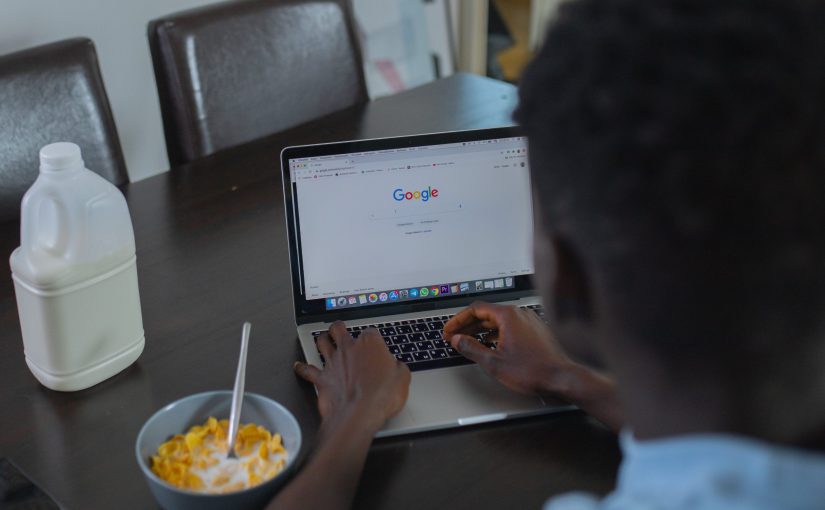SEO writing techniques play a pivotal role in enhancing the visibility and reach of blog posts in the competitive digital landscape. Understanding and implementing effective SEO strategies can significantly impact a blog’s visibility, search engine rankings, and audience engagement. Demystifying these techniques is essential for bloggers aiming to maximize the impact of their content.
Search Engine Optimization (SEO) revolves around optimizing content to rank higher in search engine results pages (SERPs) and attract organic traffic. Here’s an exploration of SEO writing techniques that can boost blog post visibility:
- Keyword Research and Implementation: Conduct thorough keyword research to identify relevant terms or phrases your target audience uses when searching for content. Integrate these keywords naturally within your content, including in titles, headings, meta descriptions, and body text. However, ensure the integration feels organic and does not compromise readability.
- High-Quality Content Creation: Craft compelling, informative, and valuable content that addresses the needs and interests of your audience. High-quality content that educates, entertains, or solves problems tends to attract more readers and encourages longer engagement, positively impacting SEO.
- Optimized Title Tags and Meta Descriptions: Create descriptive and engaging title tags and meta descriptions that accurately represent your content. These elements provide a glimpse of your post in search results, influencing users’ decision to click through to your blog.
- Optimized URL Structure: Create user-friendly and descriptive URLs that include relevant keywords and provide a clear indication of the content of the page. Short, concise URLs are preferred for better readability and SEO.
- Internal and External Linking: Incorporate internal links to relevant pages within your website to guide users to related content. Additionally, include authoritative external links to reputable sources, which can enhance the credibility and authority of your content.
- Optimized Images and Multimedia: Use descriptive file names, alt text, and captions for images and multimedia elements. Optimized media elements not only improve accessibility but also contribute to SEO by providing additional context to search engines.
- Mobile Optimization: Ensure your blog and its content are mobile-friendly. With the increasing use of mobile devices, search engines prioritize mobile-responsive websites, impacting SEO rankings.
- Regular Updates and Fresh Content: Regularly update and add fresh, relevant content to your blog. Search engines favor websites that consistently provide valuable and up-to-date information.
- Analytics and Optimization: Utilize tools like Google Analytics to track performance metrics, analyze user behavior, and optimize your content based on insights gathered. Regularly monitor and adjust your SEO strategies to improve performance.
- User Experience (UX) Optimization: Focus on creating a seamless and intuitive user experience on your website. Factors like site speed, readability, and easy navigation contribute to user satisfaction, which indirectly affects SEO.
Mastering SEO writing techniques is a fundamental aspect of boosting blog post visibility. By incorporating these strategies effectively and consistently, bloggers can improve their content’s chances of ranking higher in search engine results, attracting more organic traffic, and expanding their audience reach.SEO techniques are ever-evolving, requiring continuous adaptation and refinement to keep pace with search engine algorithm updates and changing user behaviors.






